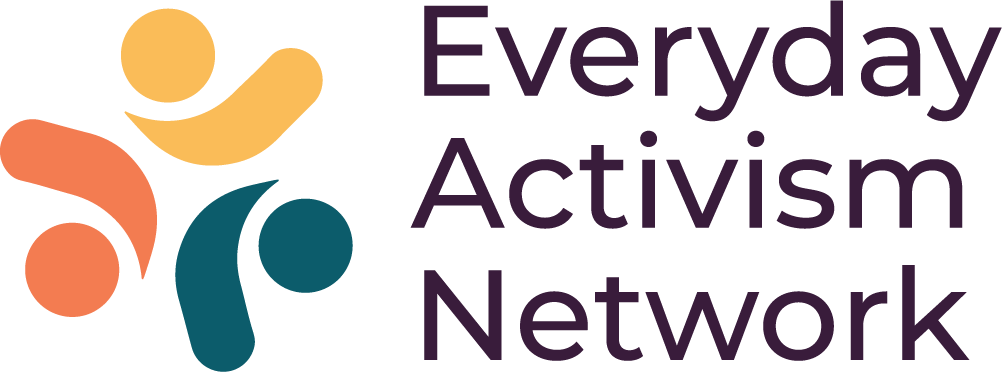Whether you have five minutes or five hours, you can make a difference.
Browse guides to learn and take action on the issues you care about.
Issue area
- Housing and homelessness 1
- Indigenous rights 4
- LGBTQ rights 3
- child rights 3
- criminal justice reform 3
- disability rights 1
- disaster relief/humanitarian aid 1
- economic justice 5
- environment/climate justice 3
- global issues 6
- gun control 1
- human rights & civil liberties 6
- human trafficking 4
- hunger and food insecurity 1
- immigrant & refugee rights 4
- politics 6
- public health 4
- racial justice 6
- reproductive health & rights 1
- voting rights 3
- women & girls’ rights 7
- workers’ rights 7

Celebrating Black Joy
While it's important to discuss systemic racism and anti-Blackness, much of the media we consume, the content we share, and the history we learn focuses on Black trauma and oppression, creating a one-dimensional narrative. To counter this, many are choosing to celebrate and express Black joy
Learn more.

What is Radical Imagination?
Radical imagination sees the world not as it is, but as it could be: a healthy planet that is just and equitable for all. Social change movements use radical imagination to envision a future free of oppression and exploitation.
Imagine with us.

Defining Tolerance and Civility
In our increasingly polarized and divided society, tolerance and civility can be hard to come by. While we need them both to progress as a society, they’re often misunderstood. In fact, calling someone intolerant or uncivil is sometimes used as a weapon to shut down intellectual exchange, civil discourse, and critical debate. This can make it hard to know when to promote tolerance — and when it’s ok to not tolerate the intolerable.
Learn more.

Defining Harm Reduction and Abstinence
Many public health concerns (think: drug and alcohol use, smoking, sexual activity) use either a harm reduction or an abstinence strategy to improve health outcomes. In the U.S., there is often a partisan divide on which strategy is preferred. Progressives tend to prefer harm reduction, while conservatives often favor abstinence. This impacts what kids get taught in school, what programs get government funding, and how people seeking services are treated.
Learn more.

Decolonize and Indigenize!
It’s time to tell accurate narratives and reject stereotypes, amplify Native voices, advocate for Native rights, and celebrate the rich and diverse contributions of Native peoples. As part of this, we must heal generational trauma, change the narrative, and support movements to decolonize and indigenize.
Learn more.

What Does the Labor Movement Do?
Labor Day became a federal holiday in 1884 to pay tribute to the contributions of workers and honor the labor movement. Yet, many of us don’t spend the time to reflect on why we celebrate this holiday. So, we thought it was a good time to talk about how the labor movement shows up for workers’ rights and impacts your life.
Learn more.

Defining Immediate Needs and Long-Term Change
Creating a more just and equitable society requires addressing people’s most immediate needs and focusing on long-term change. This is not an “either/or” situation; one approach is not better than the other. This is a “both/and” situation. We cannot allow people to suffer when support can improve their lives right now. Nor can we focus solely on the immediate without addressing the root causes that allow the situation to occur in the first place.
We need direct services and systems change to work together.

What Is Movement Building?
Social movements are created when groups of people come together to bring about change and solve problems that no one person or institution can solve alone. They often inspire people to see the world not as it is, but as it could be. Successful social movements make the impossible possible. Movement building is the process of growing and sustaining movements over time.
Learn how you can support movement building.

Who Are My Representatives?
Do you know who your federal, state, and local reps are and how to contact them? Our elected officials meet to debate and make governing decisions on our behalf. Using our voice and our vote is a powerful tool for change that too many of us don’t take advantage of. Learn about who your reps are at all levels of government and how to contact them.

What Is a Nonprofit?
We know you know what a nonprofit is, but we may have included some facts that surprise you. Learning about the ins and outs of nonprofits is a great way to increase your impact when you do take action.
